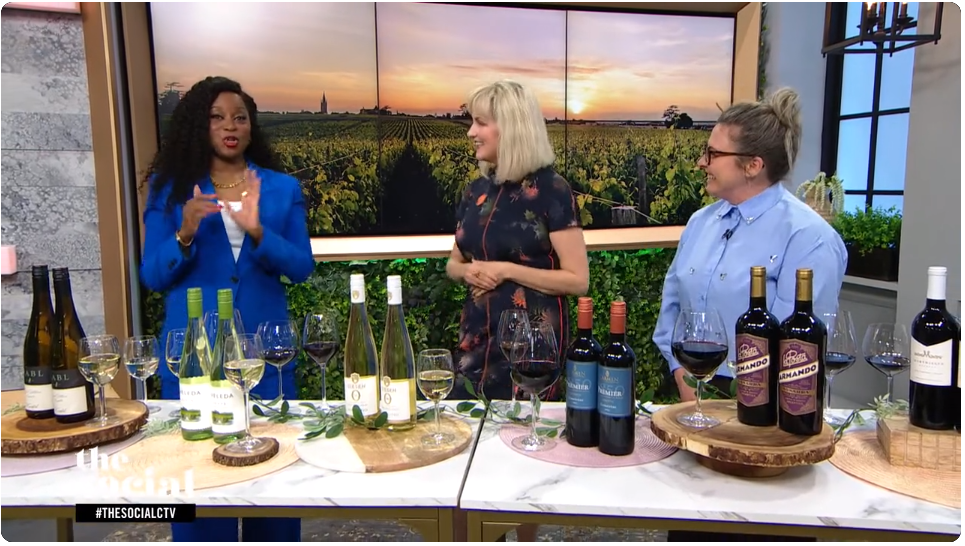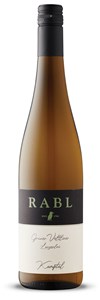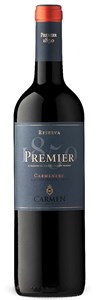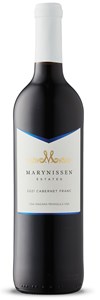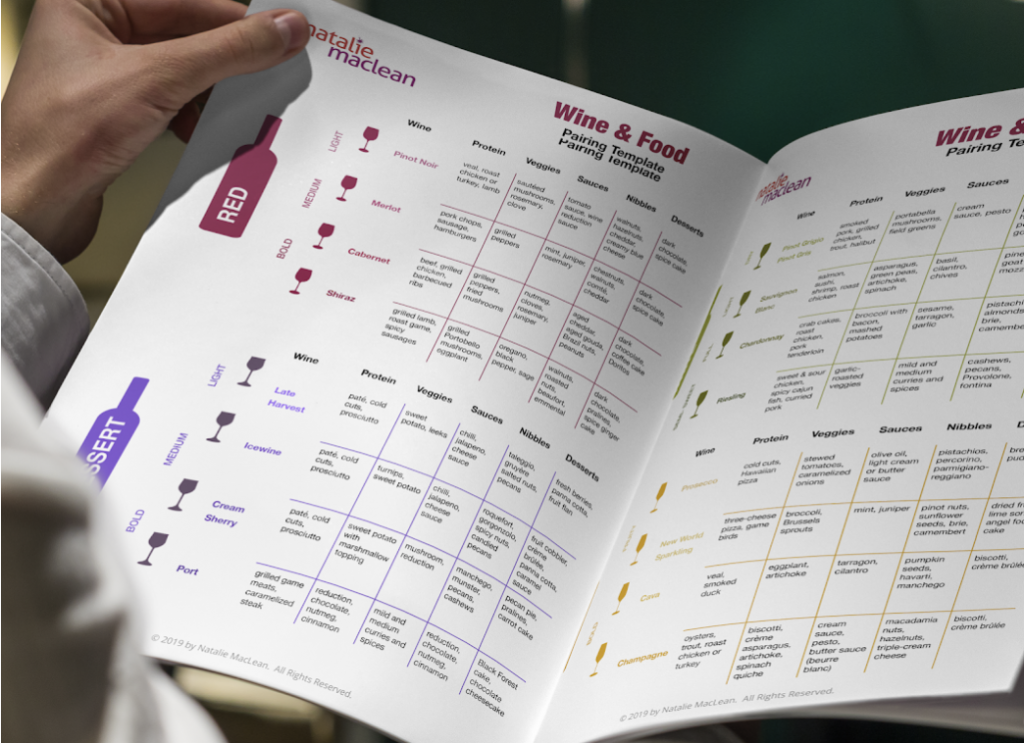Watch CTV The Social video here
Welcome back everybody. We’re all familiar with wines like Chardonnay and Merlot but there are so many lesser-known grapes out there to discover!
Here to highlight vineyard vanguards to sip this spring is Natalie MacLean who offers Canada’s most popular online food and wine pairing classes. Welcome back, Natalie!
Natalie, before we get to the wine, congratulations are in order because you were selected as the 2024 Canada Wine Champion Award!
It’s presented to an individual who has demonstrated outstanding leadership, commitment and passion for the advancement of the Canadian wine industry.
Today we’re talking about wine trends for the spring season, uncovering some of the lesser-known grapes and regions. Where are we starting?
- We’re beginning our journey in Austria! Grüner Veltliner is Austria’s signature grape and it’s going global.
- This grape has seen a recent surge in popularity. It’s known for its versatility and food-friendly nature, especially with fresh spring produce.
- If you like Pinot Grigio, try Grüner Veltliner.
- The first wine I have for you to try is the Rabl Grüner Veltliner with aromas of green apple, white pepper, and a hint of citrus.
- It’s crisp, mouth-watering and refreshing. What do you think ladies?
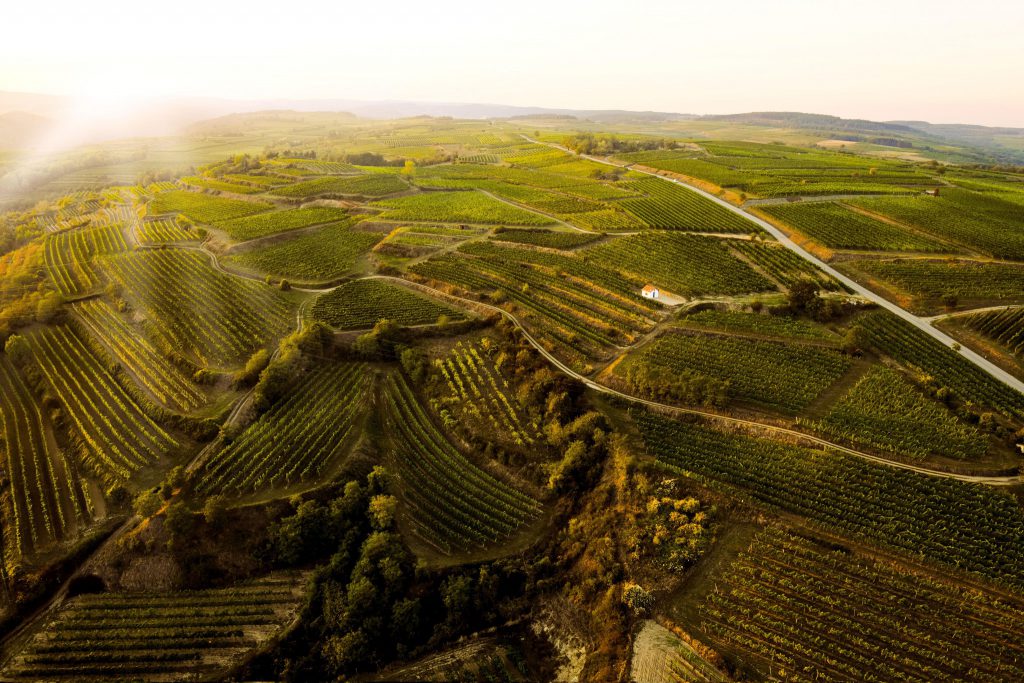
Rabl Winery, Austria
Rabl Langenlois Grüner Veltliner
Kamptal D.A.C., Austria
What’s the next grape you’re highlighting for us today?
- Alvarinho is the most popular among several white grapes that make Vinho Verde, Portugal’s vibrant whisper of spring, gaining traction for its light, effervescent qualities. As more wine lovers seek lighter, fresher options, Vinho Verde shines with its low alcohol and bright acidity.
- It’s a social media darling, perfect for those spring garden parties.
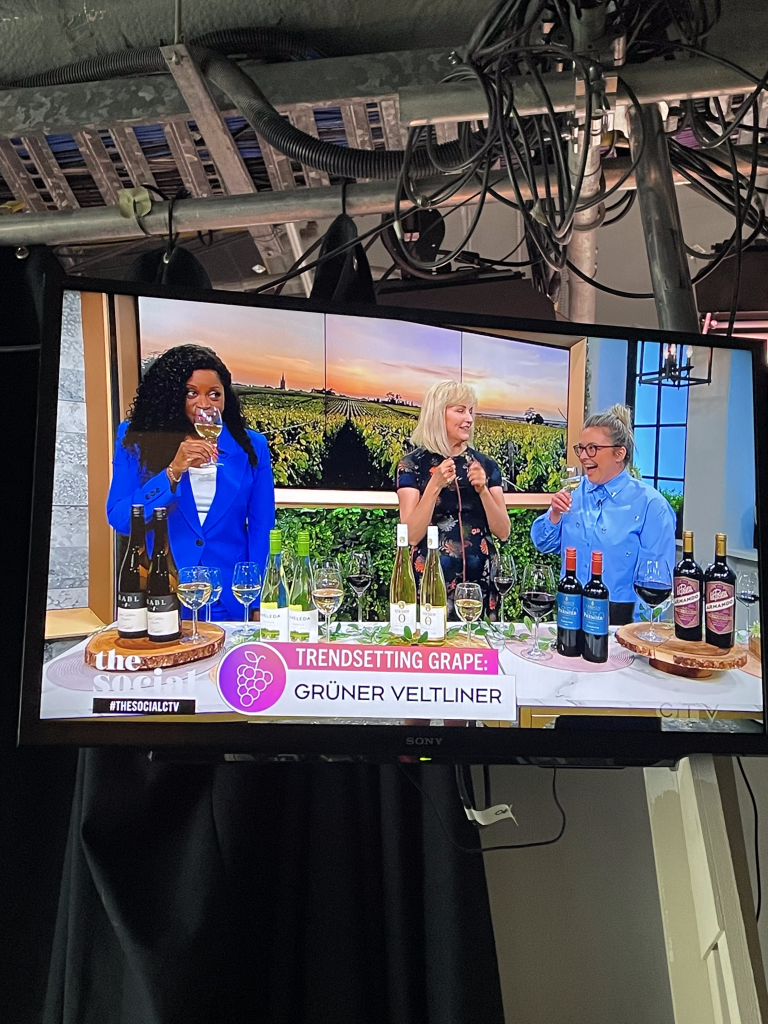
- If you like Sauvignon Blanc, try Vinho Verde.
- I’d like you to sample the Aveleda Vinho Verde. It’s zesty with a lively spritz, showcasing flavors of lemon, green apple, and a subtle minerality. Its effervescence makes it a joyous herald of warmer days.
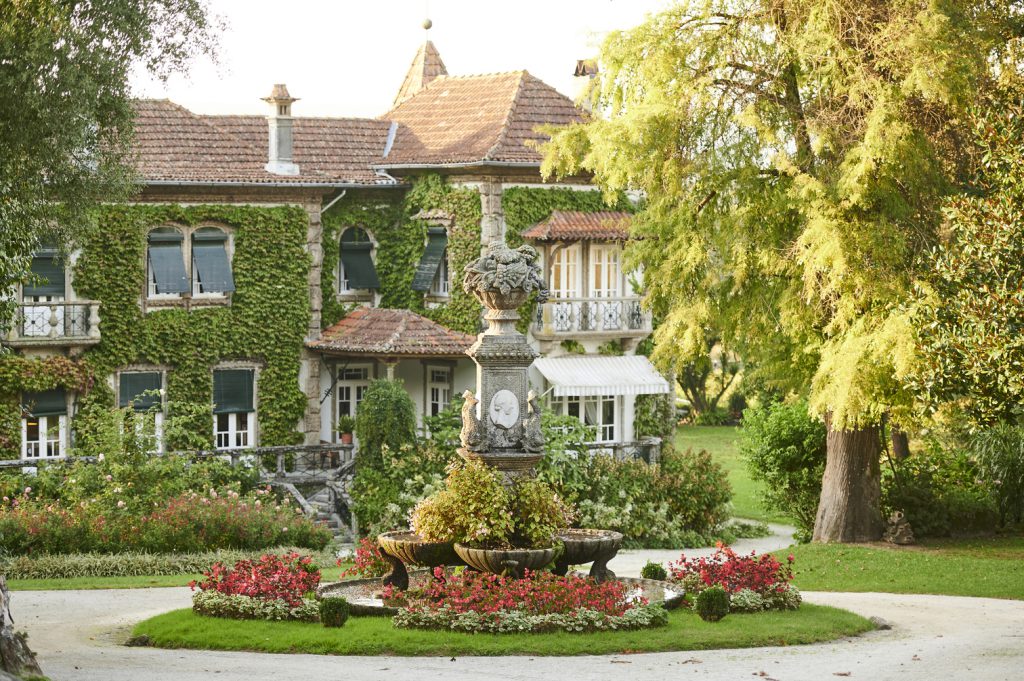
Aveleda Vinho, Portugal
Aveleda Vinho Verde
Vinho Verde, Portugal
You have one more white for us, a Riesling. Why is it trendy right now?
- I have a Riesling from New Zealand, representing the renaissance of this noble grape in many regions though it’s often associated with Germany. Riesling is shedding its outdated image to reveal its true versatility and expressiveness.
- From bone-dry to lusciously sweet, Riesling can do it all, making it a sommelier’s secret weapon for spring pairings. Its resilience in cool climates makes it increasingly popular.
- The Giesen Riesling offers flavors of lime and lemon zest, with a racy acidity that makes it sing alongside a spring feast. Here’s the bonus: this wine is completely alcohol-free.
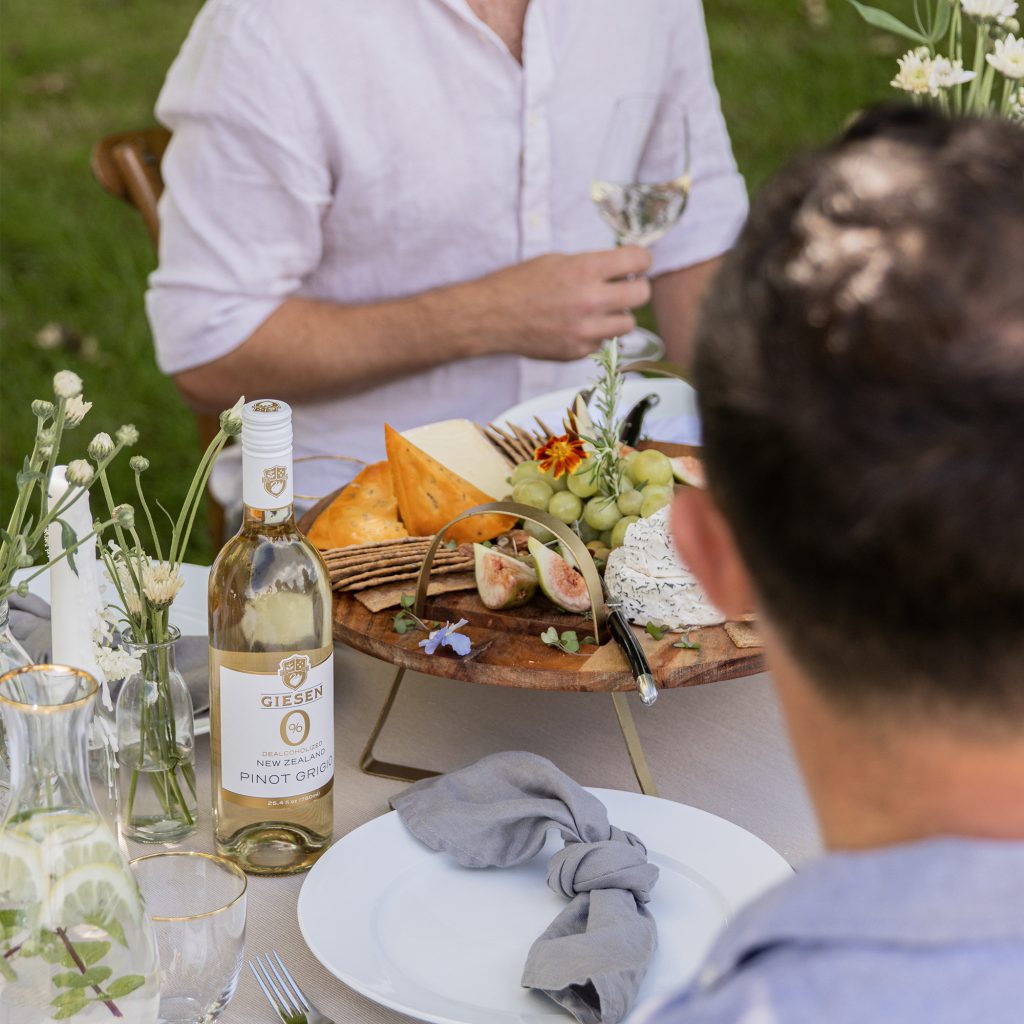
Giesen Wines, New Zealand
Giesen 0% Riesling
New Zealand
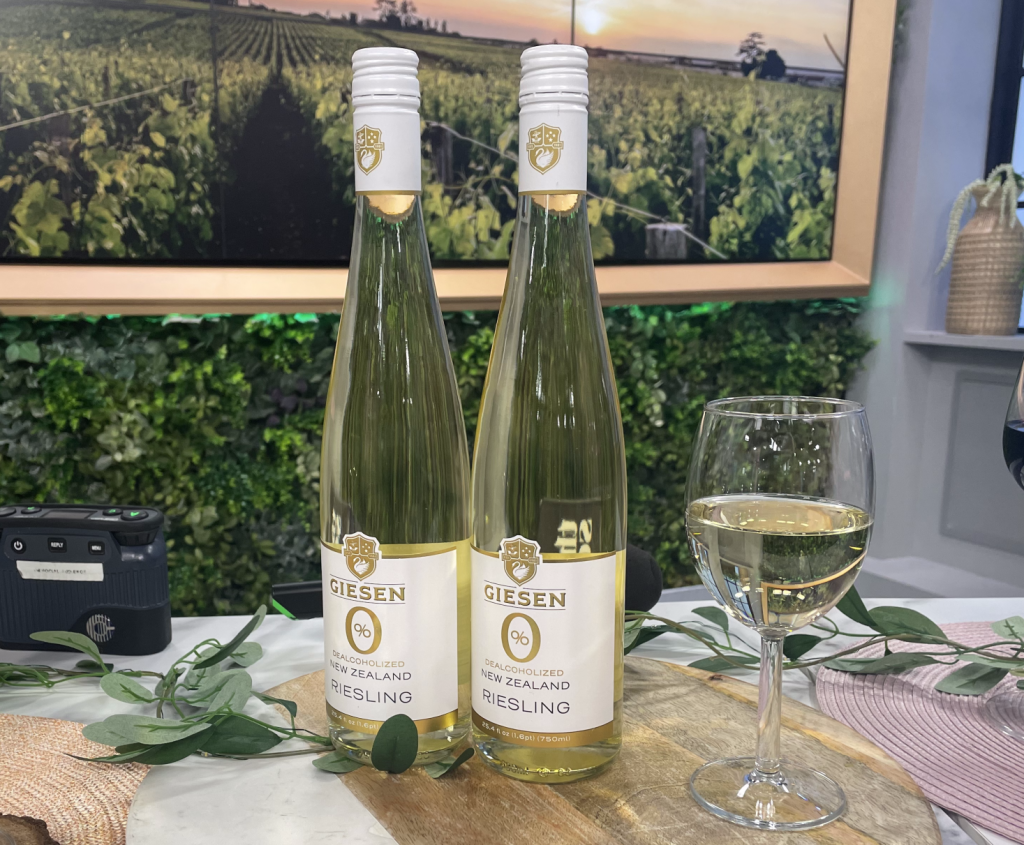
You don’t have to give up taste when you give up alcohol which is why wines like this one are becoming increasingly popular.
Are some grapes better suited to making non-alcoholic wine?
- Zesty, aromatic white grapes, such as Riesling, Sauvignon Blanc and Gewurztraminer make the best alcohol-free wines, in my opinion. They have vibrant floral flavours to carry a wine without the body that comes from alcohol.
- Among reds, the most successful are juicy plummy grapes like Shiraz and Merlot.
Let’s move on to the red wines. What’s up first?
- We’re starting with Carmenere (kaar·muh·nehr), once thought lost to the phylloxera epidemic in Europe, but has found its second life in Chile. It’s now celebrated for its deep, smoky flavors and eco-friendly cultivation.
- As wine drinkers seek out sustainable options, Carmenere stands out as a grape that’s not just good for the palate but also for the planet.
- If you like Merlot, try Carmenere.
- Carmen, the first winery in Chile, is also the place where the original identity of Carmenere was discovered in 1994. Previously this grape was believed to have been Merlot.
- It’s estimated that Carmenere arrived in Chile from Bordeaux between 1840 to 1890, where it died out from the phylloxera root louse in the late 1800s. In 1996, Viña Carmen bottled a Carmenere for the first time.
- It’s taken decades to come into popularity here, but its star continues to rise.
- This one is rich, with notes of ripe blackberry and spice. It’s a complex wine that pairs beautifully with the bold flavors of spring grilling.
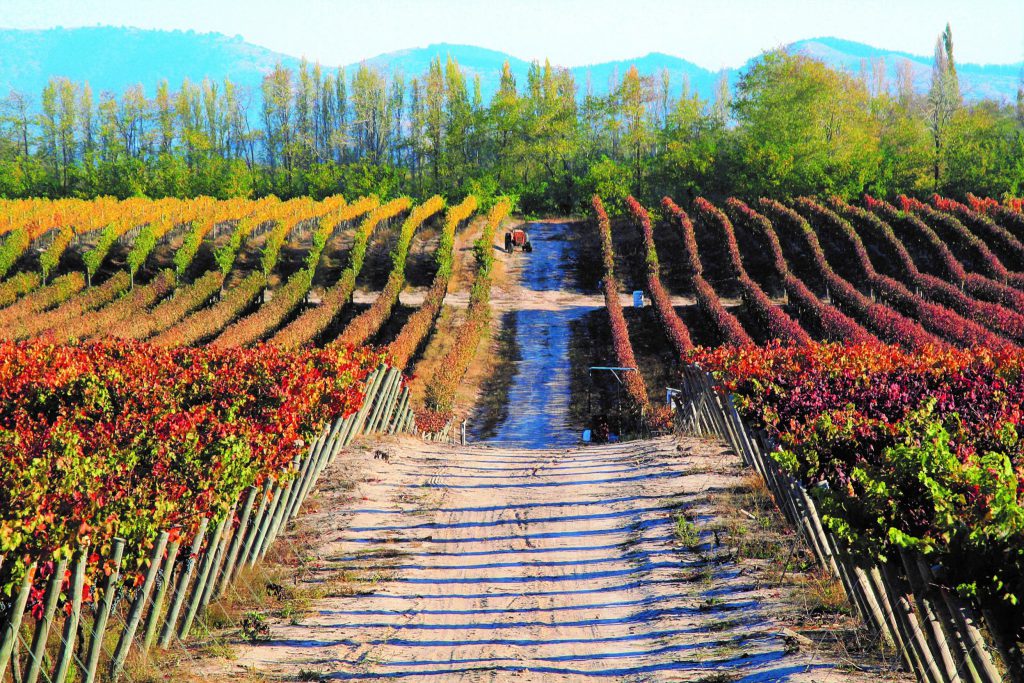
Carmen Wines Reserva, Chile
Carmen Wines Reserva 1850 Premier Carmenere
Colchagua Valley, Chile
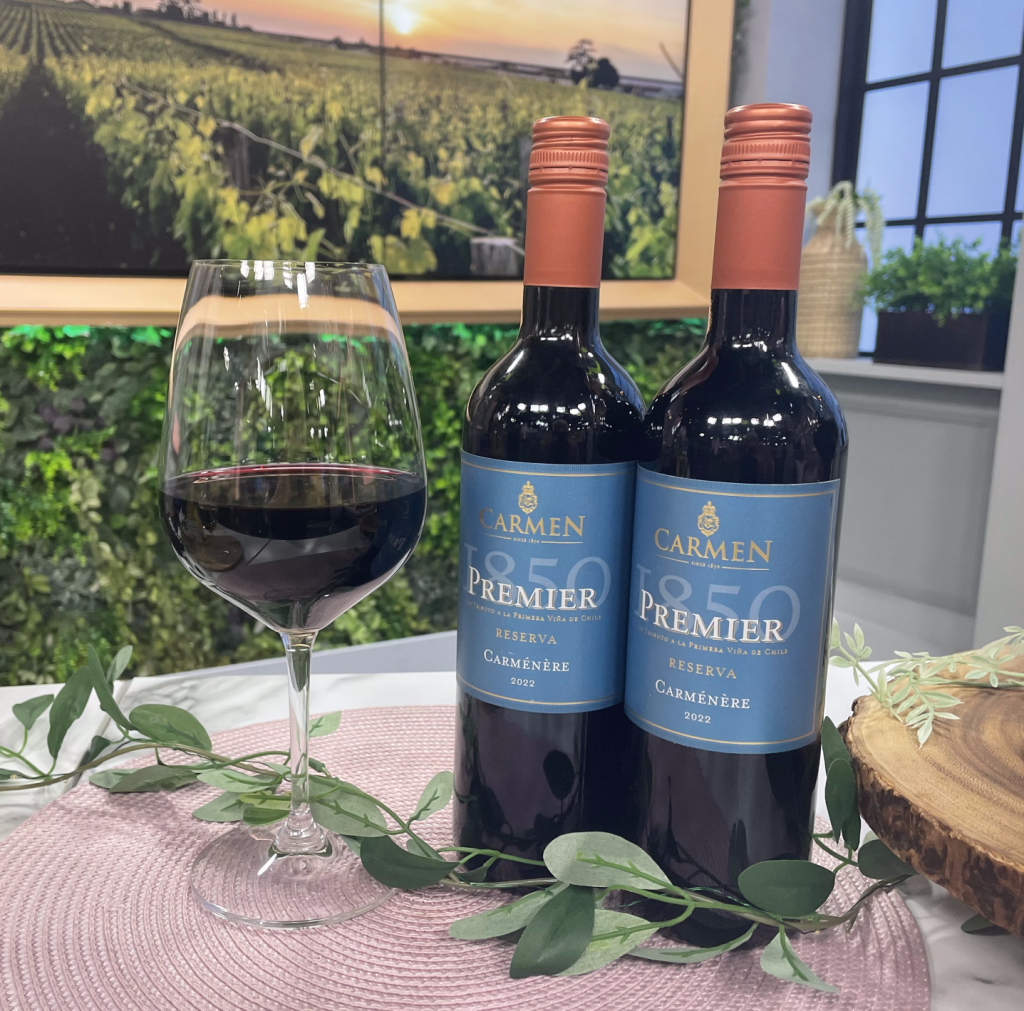

Where are we headed next in our discovery line-up?
- We’re staying in South America, but we’re going to cross the Andes Mountains into Argentina. While Malbec is often the best-known wine here, Bonarda is the country’s hidden gem, no longer overshadowed by Malbec.
- Bonarda is stepping into the limelight as Argentina’s next big thing. Its juicy, easy-drinking style is gaining fans, especially among those looking for the next great value wine. As vineyards hone their focus on quality, Bonarda promises to be the life of the spring picnic.
- If you like Malbec, try Bonarda.
- I’d like you to try La Posta Bonarda with its lush dark cherry and plum flavors, accented by a hint of mocha and a smooth finish. It would be beautiful with a traditional Argentina asada or outdoor barbecue of meats.
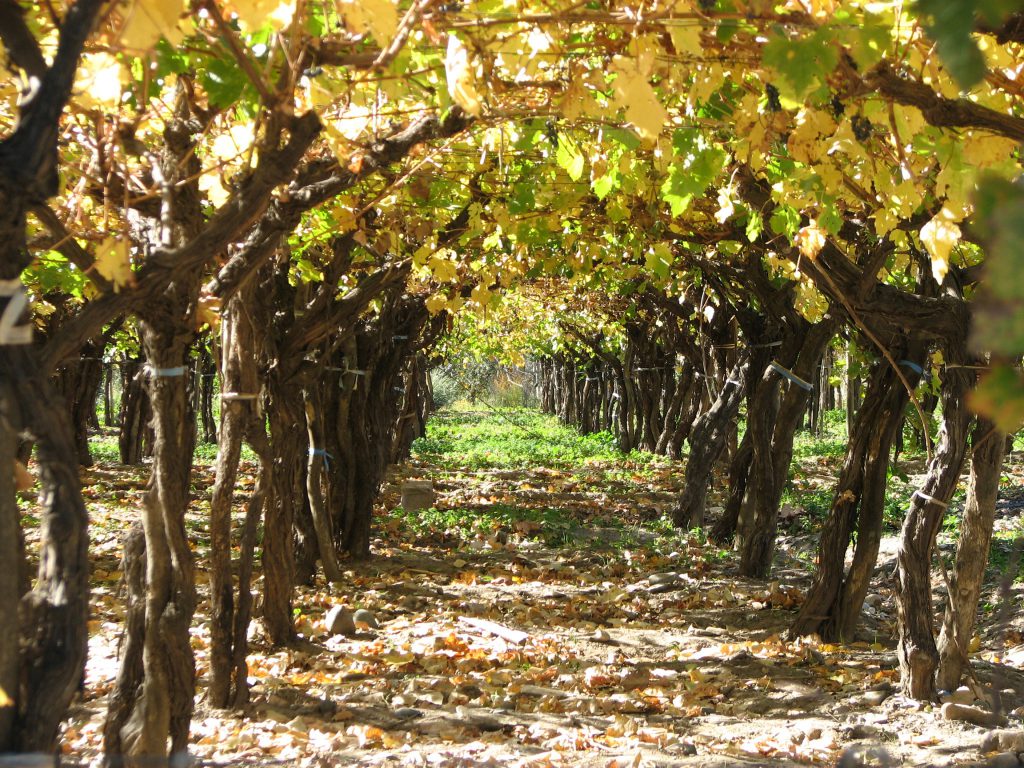
La Posta Armando Vineyards, Argentina
La Posta Armando Bonarda
Mendoza, Argentina
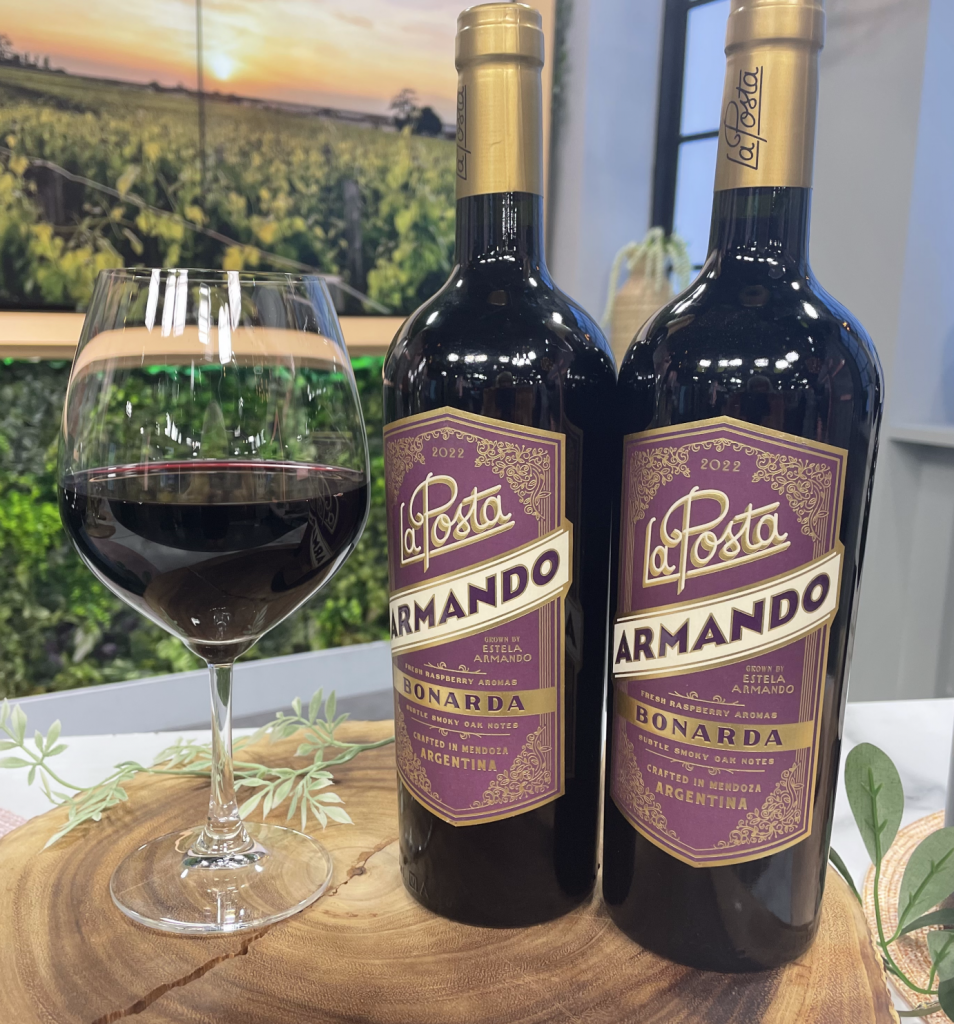
We’re ending our journey here in Canada. What do you have for us?
- We’re coming back home to Canada with Cabernet Franc, the elegant underdog to Cabernet Sauvignon. Cabernet Franc is finally emerging from the shadow of its offspring, Cabernet Sauvignon.
- Its greater adaptability to cooler climates makes it a favorite for Canadian winemakers. Known for its elegance and depth, it offers a sophisticated option for those looking to explore beyond the usual suspects.
- If you like Cabernet Sauvignon, try its cousin Franc.
- I’d like you to sip on the Marynissen Cabernet Franc from Niagara. It’s smooth and aromatic, with flavours of raspberry, violets, and a hint of herbaceousness. It’s the perfect red for transitioning into spring, offering depth without heaviness.
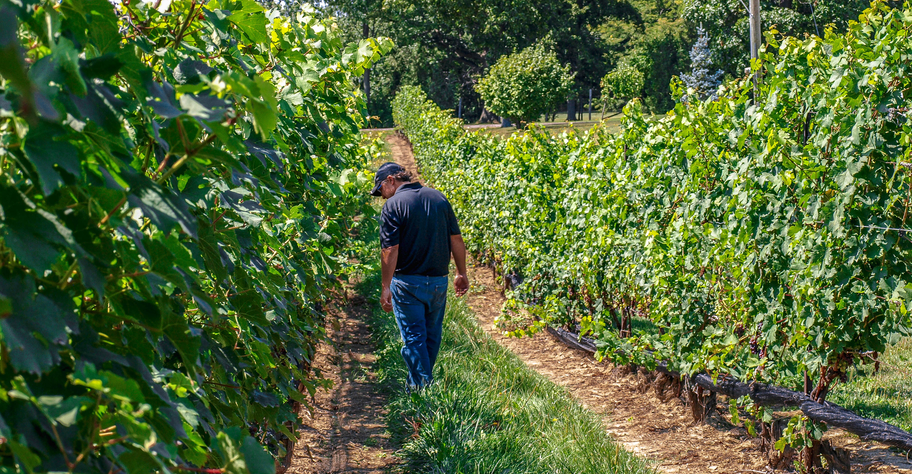
Marynissen Estates Winery, Niagara
Marynissen Cabernet Franc
Niagara Peninsula, Ontario V.Q.A., Canada
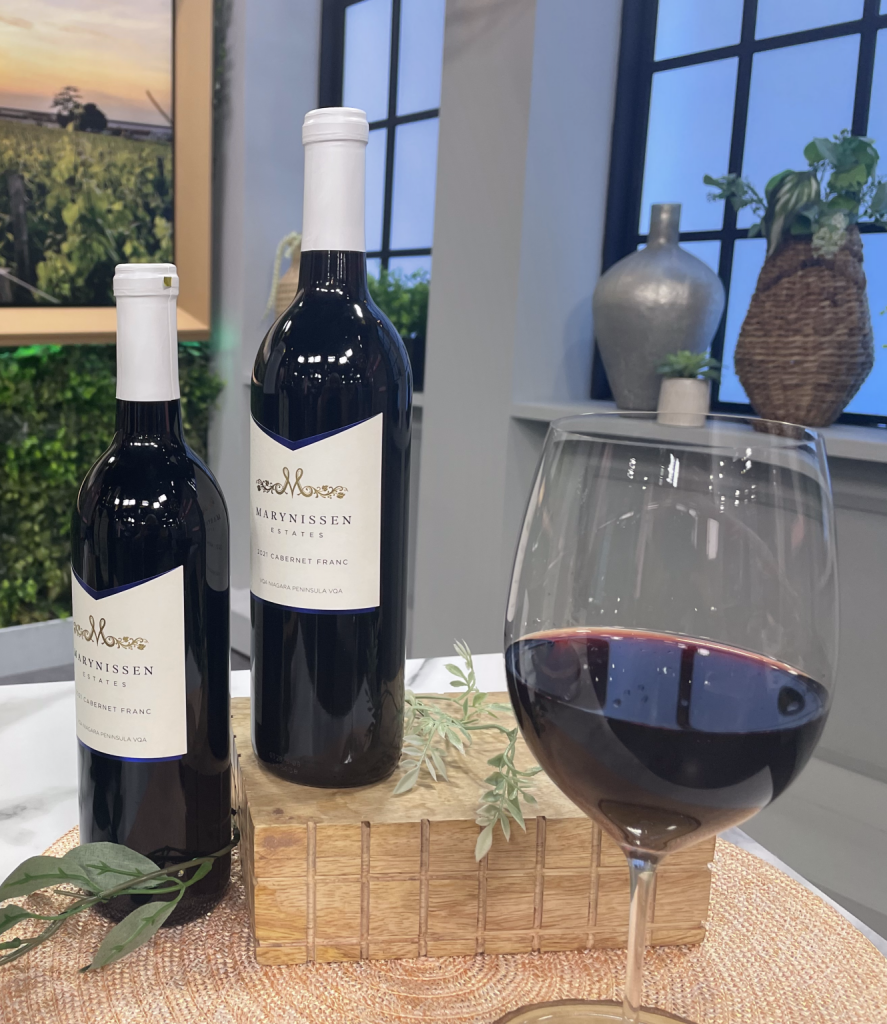

You can find me at NatalieMacLean.com or @NatalieMacLeanWine on Instagram. I’ve listed all of the wines and pairings that we talked about today.
You can get my free Ultimate Food and Wine Pairing guide here: nataliemaclean.com/guide


